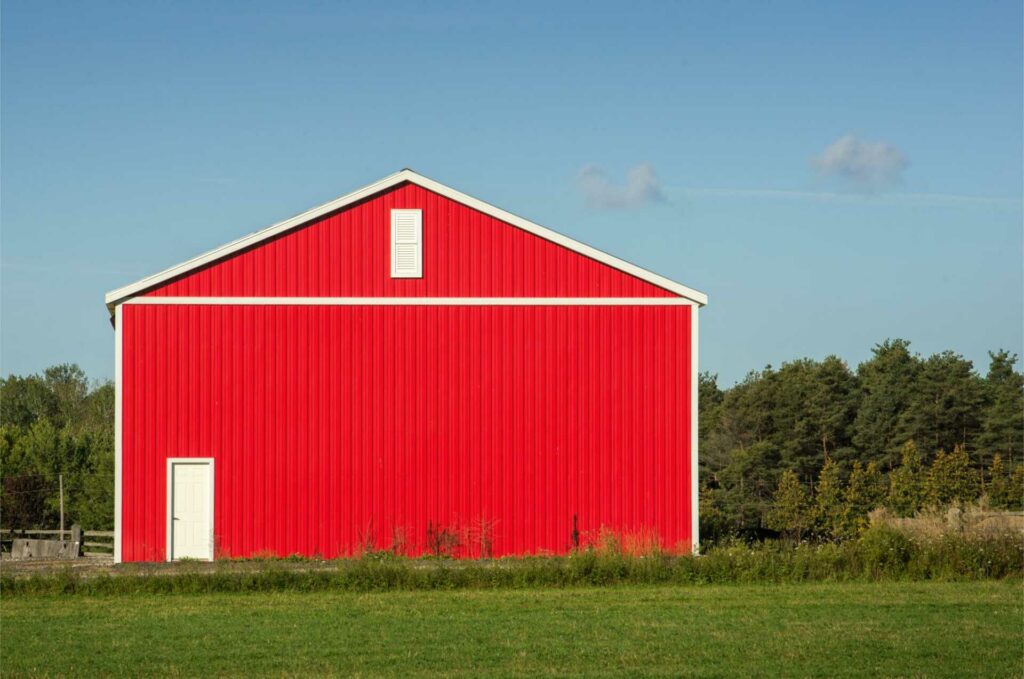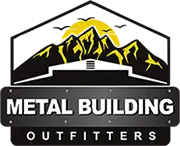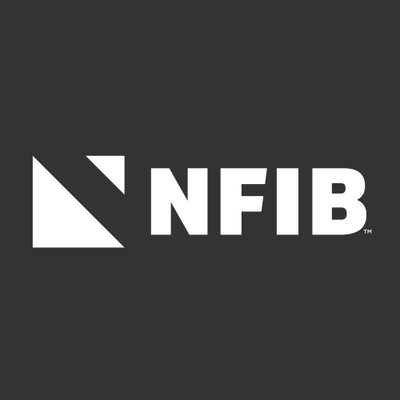
Contents
When it comes to maximizing efficiency in metal building design, various aspects must be taken into account. From energy-saving solutions to eco-friendly material selection and creative insulation techniques, the opportunities are vast. By examining improved structural design, effective HVAC integration, and clever lighting strategies, you can greatly improve the overall efficiency of metal buildings. Think about how these components work together to create a well-rounded, eco-conscious structure that lowers environmental impact and offers long-term cost savings.
Key Takeaways
- Optimize insulation with advanced materials for energy efficiency.
- Implement strategic natural lighting and shading for passive heating and cooling.
- Choose sustainable materials with certifications for eco-conscious design.
- Focus on efficient structural design for load distribution and durability.
- Integrate smart HVAC systems and lighting strategies for energy optimization.
Energy-Efficient Solutions
Consider incorporating advanced insulation materials and optimizing natural lighting sources to enhance the overall energy efficiency of metal building designs.
Passive solar design principles can be a game-changer in reducing energy consumption. By strategically positioning windows and skylights, you can harness the sun’s heat during the winter while shading these openings in the summer to prevent overheating. This approach maximizes natural light, reducing the need for artificial lighting and lowering electricity usage.
When it comes to insulation, utilizing renewable energy sources like sheep’s wool, cellulose, or foam insulation made from recycled materials can greatly improve thermal performance. These materials have excellent R-values, which measure their resistance to heat flow, ensuring that your metal building remains comfortable year-round and minimizes the load on heating and cooling systems.
Incorporating passive solar techniques and renewable insulation materials into your metal building design enhances energy efficiency and aligns with eco-friendly practices.
Sustainable Material Selection
Consider choosing eco-conscious materials for your metal building design to minimize environmental impact and promote long-term durability. Incorporating recycled materials into your construction can greatly reduce your project’s overall carbon footprint. Utilizing materials such as recycled steel beams, aluminum panels, or reclaimed wood for accents not only helps conserve natural resources but also adds a unique character to your building.
When selecting coatings for your metal building, go for environmentally friendly options that offer both protection and sustainability. Sustainable coatings are formulated to have lower volatile organic compound (VOC) levels, decreasing harmful environmental emissions. These coatings provide excellent corrosion resistance while being environmentally mindful. Seek coatings with certifications like LEED or Energy Star to ensure they adhere to high sustainability standards.
Along with using recycled materials and eco-friendly coatings, consider the overall lifecycle of the materials you choose. Choose materials that are sturdy, require minimal maintenance, and can be easily recycled at the end of their lifespan. By prioritizing sustainability in your material selection process, you not only contribute to a healthier environment but also create a more resilient and enduring metal building.
Advanced Insulation Techniques
Explore advanced insulation methods to enhance energy efficiency and thermal performance in your metal building design. Focusing on thermal performance and moisture management through advanced insulation techniques is essential for maximizing the efficiency of your metal building. By implementing creative insulation methods, you can greatly reduce energy consumption and create a more comfortable indoor environment.
| Insulation Type | Description |
|---|---|
| Spray Foam Insulation | Offers high R-value and effectively seals gaps |
| Reflective Insulation | Reflects heat away from the building |
| Insulated Metal Panels | Provide both insulation and structural support |
| Aerogel Insulation | Ultra-lightweight with exceptional thermal performance |
Utilizing spray foam insulation ensures a high R-value, which measures the insulation’s thermal resistance and effectively seals any gaps in the building envelope. Reflective insulation works by reflecting heat away from the building, helping to maintain a consistent indoor temperature. Insulated metal panels not only offer insulation but also provide structural support, simplifying the construction process. Aerogel insulation, known for its ultra-lightweight properties, delivers exceptional thermal performance, making it an ideal choice for energy-efficient metal buildings.
Optimized Structural Design
When optimizing the structural design of a metal building, you need to focus on efficient load distribution and streamlined connection details. By carefully distributing loads, you can ensure that each component bears an appropriate amount of weight, maximizing the building’s overall strength and stability.
Streamlining connection details further enhances structural integrity by minimizing weak points and potential failure areas within the building system.
Efficient Load Distribution
Efficient load distribution in metal building design plays a pivotal role in ensuring the structural integrity and stability of the overall framework. Load balancing is vital to prevent localized stress concentrations and ensure that the weight is evenly distributed across the structure.
By optimizing load distribution, you can enhance the building’s resistance to external forces such as wind, snow, or seismic activity, ultimately increasing its longevity and safety.
To achieve efficient load distribution, engineers meticulously analyze the building’s design, considering factors like the type of materials used, the configuration of structural elements, and the anticipated loads the building will face during its lifespan.
Additionally, incorporating strategies like utilizing trusses, beams, and columns effectively can help evenly distribute the loads and minimize the risk of structural failures.
Streamlined Connection Details
For efficient structural design within metal building construction, attention to streamlined connection details is necessary for ensuring the overall stability and performance of the framework.
By utilizing advanced design software, engineers can enhance connection points, ensuring they meet structural requirements while minimizing material usage. Fabrication techniques play an important role in translating these designs into reality, with precision cutting and welding techniques ensuring the connection details are accurately replicated from the digital model.
Cost-effective solutions can be achieved by designing standardized connection details that can be easily fabricated and installed, reducing labor costs and construction time.
Additionally, aesthetic considerations are essential in metal building design, with streamlined connection details contributing to the overall visual appeal of the structure. Through careful planning and use of design software, engineers can create connection details that meet structural demands and also enhance the architectural aesthetics of the building.
Efficient HVAC Integration
Smooth integration of the HVAC system is essential for maintaining a comfortable and energy-efficient indoor environment to improve the overall performance of a metal building. When it comes to efficient HVAC integration in metal buildings, there are key strategies that can help enhance the system:
Utilize HVAC Zoning: Implementing HVAC zoning in the design allows for different areas of the building to have personalized heating and cooling settings, maximizing comfort while saving energy.
Consider Ductless Systems: Ductless HVAC systems offer flexibility in installation and can be a more energy-efficient option for metal buildings, improving overall efficiency.
Enhance Insulation: Proper insulation not just aids in reducing energy loss but also ensures the HVAC system operates at its peak performance, providing consistent temperature levels.
Regular Maintenance: Scheduled maintenance of HVAC equipment is essential to prevent breakdowns, maintain efficiency, and prolong the lifespan of the system.
Smart Thermostat Integration: Integrating smart thermostats can enable remote monitoring and control of the HVAC system, allowing adjustments based on occupancy patterns and optimizing energy usage.
Innovative Roofing Systems
Optimizing the performance of metal buildings goes beyond efficient HVAC integration; exploring advanced roofing systems can further improve energy efficiency and structural durability. When considering inventive roofing systems for your metal building design, two key factors to focus on are modular assembly and customizable finishes.
In terms of modular assembly, these roofing systems are engineered for quick and efficient installation. The components are pre-designed to fit together smoothly, reducing construction time and labor costs. This modular approach streamlines the building process and ensures a precise and secure fit, enhancing the roof’s overall structural integrity.
| Modular Assembly | Customizable Finishes |
|---|---|
| Rapid installation | Various color options |
| Accurate fit | Textured finishes |
| Cost-efficient | Reflective coatings |
| Improved durability | Custom logo integration |
| Simple maintenance | Energy-efficient options |
Additionally, customizable finishes offer a range of aesthetic and functional benefits. From a variety of color options to textured finishes, these roofing systems can be customized to match the design preferences of the building owner. Moreover, finishes like reflective coatings can enhance energy efficiency by reducing heat absorption, while custom logo integration adds a personalized touch to the building exterior. By incorporating these advanced roofing systems into your metal building design, you can achieve visual appeal and improved performance.
Functional Interior Layouts
When designing a metal building, attention to functional interior layouts is essential for maximizing space utilization and workflow efficiency. A well-thought-out interior design can greatly impact the overall productivity and comfort of the occupants.
Here are some key considerations to keep in mind:
Space Utilization: Efficient space planning ensures that every square foot is utilized effectively, minimizing wasted areas and optimizing storage solutions.
Flow Optimization: Designing the layout to facilitate a smooth flow of movement within the building can enhance productivity by reducing unnecessary walking distances and congestion points.
Ergonomic Design: Incorporating ergonomic principles into the layout helps create a workspace that’s comfortable and safe for employees, ultimately boosting their performance and well-being.
Productivity Enhancement: Strategic placement of workstations, equipment, and common areas can have a direct impact on productivity levels, making tasks easier to accomplish and promoting collaboration among team members.
Adaptability: Designing a flexible interior layout that can easily adapt to changing needs and future expansions ensures the longevity and versatility of the metal building.
Smart Lighting Strategies
Implementing efficient lighting systems is necessary in enhancing the functionality and aesthetics of a metal building’s interior design. To achieve ideal lighting performance, incorporating smart strategies such as daylight harvesting and occupancy sensors is important.
Daylight harvesting involves utilizing natural light to reduce the need for artificial lighting during daytime hours. Integrating sensors that adjust lighting levels based on natural light availability can minimize energy consumption while maintaining a well-lit environment.
When it comes to task lighting, strategically placing fixtures to illuminate specific work areas enhances productivity and reduces eye strain. Task lighting should be adjustable to cater to individual needs and tasks.
Additionally, implementing ambient control allows for the customization of lighting levels to create different moods or accommodate various activities within the space. This level of control enhances comfort and also contributes to energy savings by avoiding unnecessary lighting usage.
Occupancy sensors play a crucial role in smart lighting systems by detecting movement and automatically adjusting lighting levels based on occupancy. This feature ensures that lights are in use only when needed, reducing energy waste in unoccupied areas.
Streamlined Construction Processes
Focusing on streamlined construction processes is crucial to enhancing the efficiency of metal building design. Incorporating prefabricated components and lean construction techniques can greatly improve the project’s timeline and overall cost.
Here are some key strategies to streamline the construction processes:
Utilize Prefabricated Components: Embrace the use of prefabricated components such as wall panels, roof trusses, and structural steel frames. Prefabrication reduces on-site labor requirements and speeds up the construction process.
Implement Lean Construction Techniques: Apply lean construction principles to eliminate waste and enhance productivity. Practices like Just-In-Time delivery of materials and efficient resource allocation can streamline the workflow.
Optimize Assembly Sequencing: Plan the assembly sequence meticulously to ensure a smooth and efficient construction process. Proper sequencing minimizes rework, delays, and potential errors.
Employ Advanced Technology: Embrace construction technology tools like Building Information Modeling (BIM) to enhance coordination among project stakeholders. Virtual design and construction can identify clashes early on, preventing costly revisions during construction.
Prioritize Communication and Collaboration: Foster open communication and collaboration among the project team members. Clear communication channels and collaborative decision-making processes can prevent misunderstandings and delays during construction.
Wrap-Up
Optimizing efficiency in metal building design is essential for reducing energy consumption and creating enduring structures. Metal buildings can achieve outstanding energy efficiency by integrating cutting-edge insulation materials and maximizing natural lighting sources.
Recent Posts
Efficient Construction of Large Metal Warehouses
When it comes to the optimization of building substantial metal storage facilities, one must consider
Why Choose Energy-Efficient Metal Warehouse Construction?
When it comes to selecting the construction method for your warehouse, choosing energy-saving metal construction
What Is the Key to Efficient Metal Warehouse Construction?
When it comes to efficient metal warehouse construction, understanding the key elements that drive success


